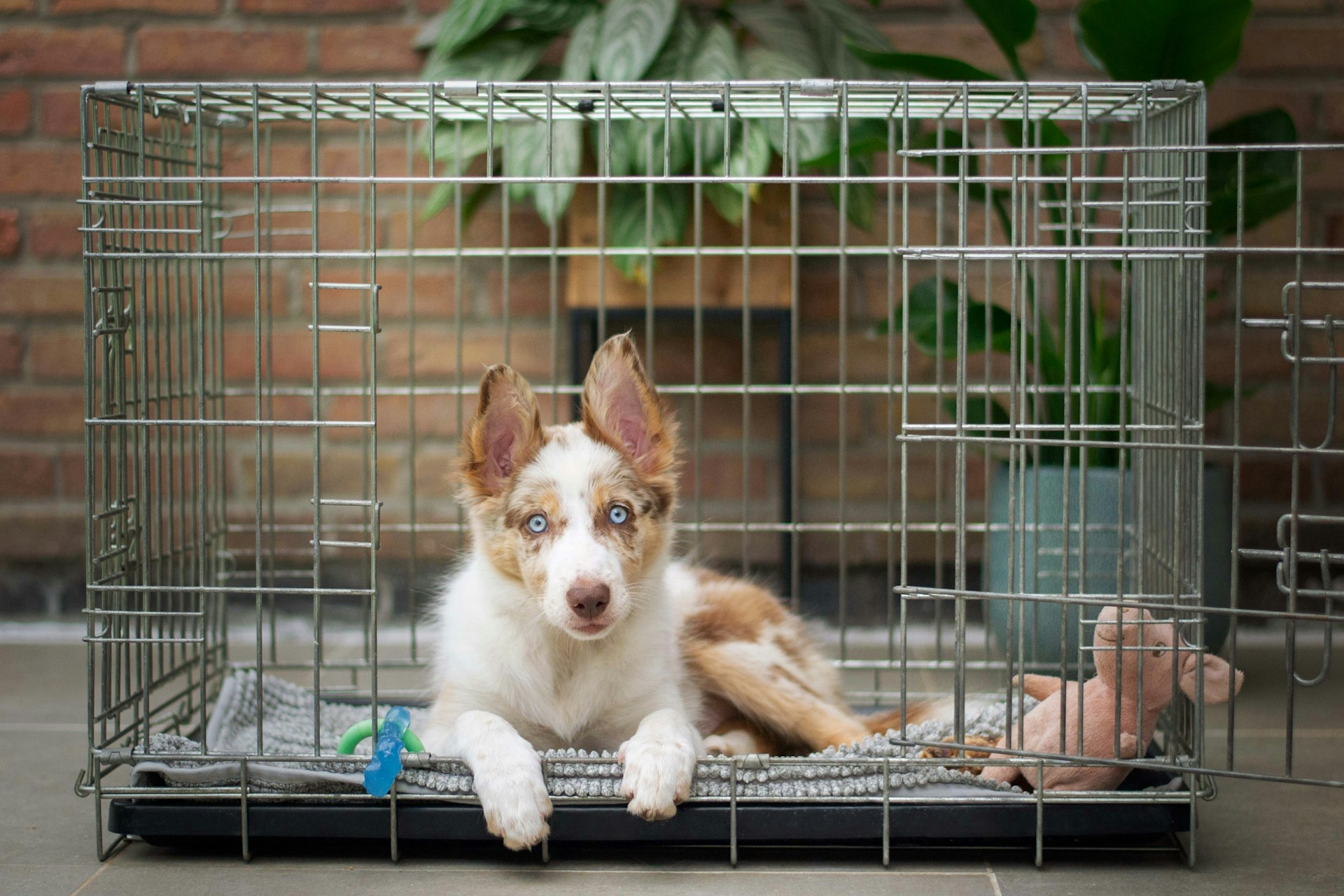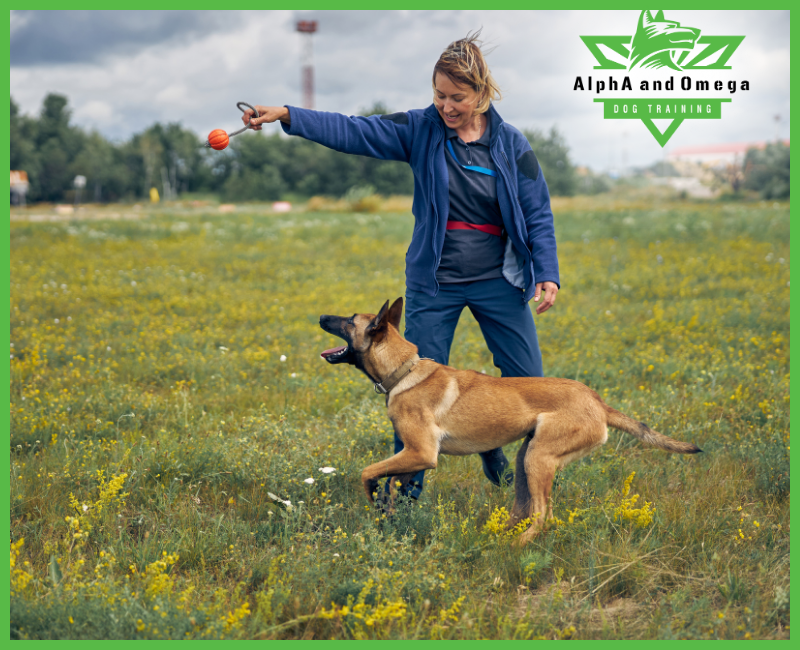All dogs need a solid training regimen. However, you do not want to use the exact same style and approach to train all dogs. People are all types of learners. Some of us need visual cues, while others do better by hearing something.
Dogs are the same way. Some of them excel at hearing a verbal command, while others are off the charts when it comes to hand signals. If you are trying to figure out how to train your dog, don’t just keep trying one approach. Make sure you change things up to see which approach your dog responds to best.
Your Dog May Miss Out on Important Lessons if the Wrong Approach is Used
Nearly all dogs can be trained using the same basic verbal commands. Most dogs know their name, sit, stay, and the like. However, they may struggle with other commands that are useful for them to know. If your dog sits just fine, but struggles with lay down, this is a great example of the problem. By only telling your dog the same command, they may simply not understand. This frustrates you as the owner, and your dog, as they are trying to be obedient and make you happy.
Some Styles of Training Are Downright Dangerous
It used to be that everyone trained their dogs the same way. Many of us can still think back to the days of the rolled-up newspaper. This is never a good idea. Dogs respond positively to positive training. They are going to be much more likely to become more shy and withdrawn if they are trained by negative stimuli, it is likely to lead to more negative behaviors.
You may not even realize you are doing anything negative in terms of training your dog. If he or she jumps on people, do you remove something positive? Maybe you separate the dog to keep it from jumping? If your dog is rough with a person or another dog, does the dog get scolded? These are negative stimuli in terms of how your dog feels. What you need to do is move to a more forward-thinking approach to training.
Best Training Options Depend on Your Dog
When you look at your dog as an individual, you can see how their training needs to be individualized as well. The best way to figure out what your dog wants and needs is to get them professionally trained. This gives you the ability to see how your dog responds, and learn which approach works best for them. They may be motivated to listen better by offering their favorite toy, or a small treat.
Perhaps they want only hand signals used and will respond best that way. The only way to know for sure is to put them in a setting where they have exposure to several styles of training. Once they begin to respond, you can tailor how you train them further by using their cues as inspiration.





